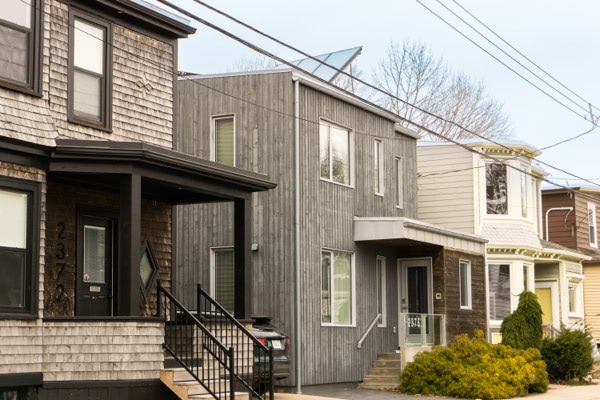How fast can you pay your mortgage off? Can you speed up the process? Here’s what you need to know!

Want to convert to a fixed rate? Some things to keep in mind
Thinking about converting to a fixed-rate mortgage? Many people with variable rates are tempted by the idea of locking into a fixed rate in today’s economy. Rising variable rates are making them seem less attractive than comparably low fixed rates. However, before you take the plunge, it’s extremely important to take certain factors into account. Here’s what we want you to know before you decide a fixed rate is right for you.
Why people are determined to lock into a fixed rate
The Bank of Canada is continuing on its path of increasing rates until it feels inflation has subsided. Right now, the overnight rate sits at 3.25 per cent, and the prime rate is 5.45 per cent after the September 7 announcement saw a 75 basis point increase. Bank of Canada rate hikes have a direct influence on variable-rate mortgages. When rates increase, so do those variable-rate payments.
In 2022, borrowers with a variable rate have seen their monthly payments increase with the last five bank announcements. Meanwhile, fixed rates have been on the decline in anticipation of a possible recession next year. People with variable rates can’t help but notice while their payments are going up, fixed rates are going down. This has resulted in many borrowers thinking they would like to convert to a fixed rate in the hopes of taking advantage of low rates.
Should you switch lenders?
If you’re set on converting to a fixed rate, it’s important to be organized and carefully plan out your next steps. First, you should speak with your existing lender to see what their current offerings are for fixed-rate mortgages. Don’t automatically assume you should stay with the same lender! Once you have your quote, bring it to a mortgage broker to discuss your options. We will compare your lender’s quote to other fixed-rate offerings in the market. We may find it’s actually better to transfer to a new lender. Why?
To exit a variable-rate mortgage and sign with a new lender, you must pay a penalty of three months’ interest. However, many lenders may combine this penalty into the rate they are offering, and that rate itself is likely to be close to the rates posted. This means switching lenders can often result in a lower rate. Staying with the same lender means dodging that penalty, BUT it typically also means borrowers will wind up with a higher interest rate. In the long run, it would cost more for the borrower to stay with their existing lender. As brokers, we can help you examine your options. We may find we can get you the best offer with a new lender.
A note of caution
While fixed rates may seem like the ideal solution today, we have a word of caution. It’s likely we will experience a downturn in the next year. When the economy hits a recession, the Bank of Canada lowers interest rates to keep the economy moving. This means variable rates will once again fall before too long. However, if you’re locked into a fixed rate at that point, your own rate will not lower, and you will end up paying more than if you had stayed with your variable rate. Exiting a fixed-rate contract early will come with hefty penalties, so there won’t be an easy way for you to take advantage of the future low variable rates we will likely see. If you’re in a position where you can make your variable-rate payments, we recommend sticking it out with the expectation that your rates will lower once again before long.
Locking into a fixed-rate mortgage from your current variable rate is not a decision to make lightly. While it might seem like an obvious choice on the surface, it’s important to understand how making this switch will affect you down the road. Before you make any changes, be sure to reach out to a mortgage broker! We will help you find the best mortgage product for you, at the rate you deserve.
If you have any questions about your mortgage, get in touch with us at Clinton Wilkins Mortgage Team! You can call us at (902) 482-2770 or contact us here.


